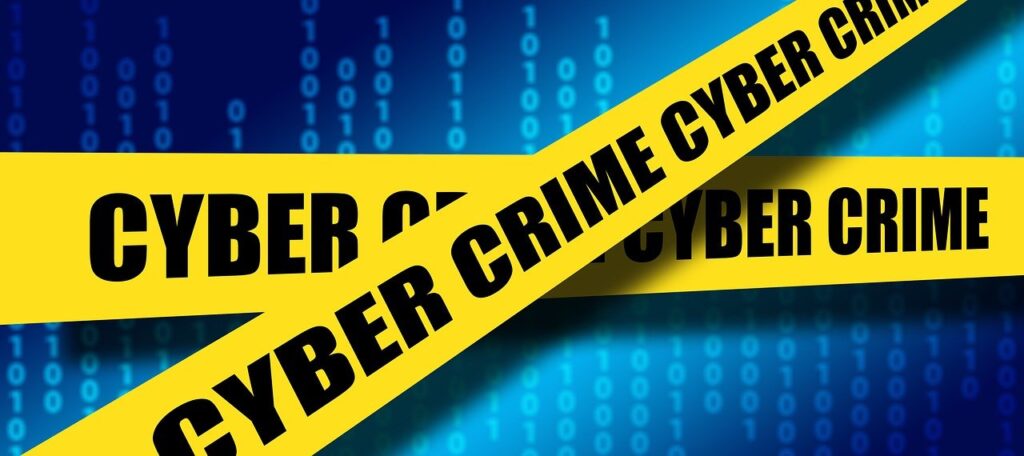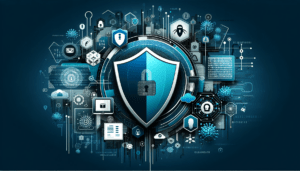A cyber incident is a type of security event that can damage a business like yours. From data breaches and system failures to malware attacks and phishing scams, these incidents can hamper productivity, revenue growth and customer satisfaction.
In most cases, a cyber incident will result in data loss or downtime. This can include the loss of confidential information, customer data or business records. In some cases, a cyber incident can also lead to business interruption or financial loss.
We can all agree that nobody wants their business to be hacked. A single cyber attack can rob you of your time, money and peace of mind. As well as getting systems up and running and restoring data, you need to inform all parties concerned that their data may have been compromised. It can be a difficult situation for anyone to navigate, but it doesn’t have to be the end of the world.
In this blog, we’ll provide you with proactive and reactive approaches to dealing with an attack, coping with the consequences of a hack and preventing future incidents.
Proactive measures to be implemented
By taking these proactive steps, you can help protect your business from the devastating consequences of a cyber attack:
Update your passwords regularly
It’s essential to update your passwords regularly to ensure the security of your accounts. By updating your passwords every six months, you can help protect your accounts against hacking.
Here are some tips on how to create a strong password:
- Use a mix of upper and lower case letters, numbers and symbols
- Avoid using easily guessable words such as your name or date of birth
- Use a different password for each account
- Don’t reuse passwords
Use a virtual private network (VPN)
A virtual private network encrypts your company’s data and gives you total control over who has access to it. This can help prevent data breaches and protect your company’s information. However, be sure to select a reputable supplier offering robust security features.
Provide regular safety awareness training
As a responsible business leader, you need to ensure that your company’s security awareness training program is comprehensive, engaging and adaptable to new threats. In today’s digital age, this is essential to protect your business.
Run regular phishing tests
Phishing is a type of cyberattack that uses deception techniques to try to obtain sensitive information from users or trick them into downloading malicious software. Phishing attacks can be highly sophisticated and difficult to detect, which is why it’s essential to periodically test your employees to assess their vulnerability to this type of attack.
Reset access controls regularly
It is essential to regularly reset access controls to prevent unauthorized access to protected resources. This ensures that only authorized persons have access to sensitive information. Access control resets can be carried out manually or using automated tools.
Use multi-factor authentication (MFA)
Multi-factor authentication is a security measure that requires your employees to provide more than one form of identification when accessing data, thus reducing the likelihood of unauthorized data access. This can include something they know (like a password), something they have (like a security token) or something they are (like a fingerprint).
Before moving on, take note of the cybersecurity training topics recommended by the Small Business Administration (SBA) for all small businesses:
- Spotting a phishing e-mail
- Good navigation practices
- Avoid suspicious downloads
- Creating strong passwords
- Protection of sensitive customer and supplier information
- Maintaining good cyber hygiene
Reactive steps to remember
The National Institute of Standards and Technology (NIST ) reactive incident response framework covers the following five phases:
Identify
To develop an effective incident response plan, safety risks must be identified. This includes threats to your technology systems, data and operations. Understanding these risks enables you to respond more effectively to incidents and reduce the impact of security breaches.
Protect
To protect your business, you need to develop and implement appropriate protection measures. Security measures to guard against threats and measures to ensure the continuity of essential services in the event of an incident are examples of protective measures.
Detect
Detecting anomalies, such as unusual network activity or unauthorized access to sensitive data, is necessary to limit damage and get your systems back up and running more quickly following an incident.
Reply
A contingency plan to deal with detected cyber incidents is essential. This strategy should include containment, investigation and breach resolution strategies.
Recover
To minimize disruption, you need to have a plan for resuming normal business operations as soon as possible after an incident.
Implementing the above proactive and reactive steps requires time, effort and skills that may be beyond what you can commit to right now. However, you can still achieve this by working with an IT service provider like us. Our experience and expertise can be exactly what you need. Please contact us to schedule a consultation. https://aikisecure.com/en/contact-2/






